SCENARIO 18-9
What are the factors that determine the acceleration time (in sec.) from 0 to 60 miles per hour of a
car? Data on the following variables for 171 different vehicle models were collected:
Accel Time: Acceleration time in sec.
Cargo Vol: Cargo volume in cu.ft.
HP: Horsepower
MPG: Miles per gallon
SUV: 1 if the vehicle model is an SUV with Coupe as the base when SUV and Sedan are both 0
Sedan: 1 if the vehicle model is a sedan with Coupe as the base when SUV and Sedan are both 0
The regression results using acceleration time as the dependent variable and the remaining variables
as the independent variables are presented below. 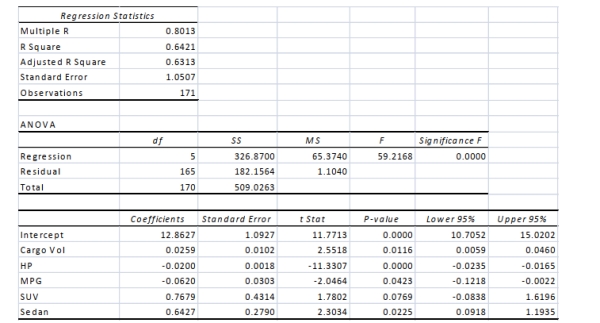 The various residual plots are as shown below.
The various residual plots are as shown below. 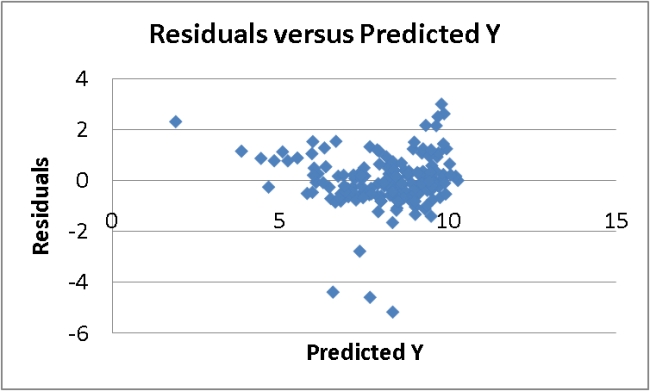
A Roadmap for Analyzing Data 18-63 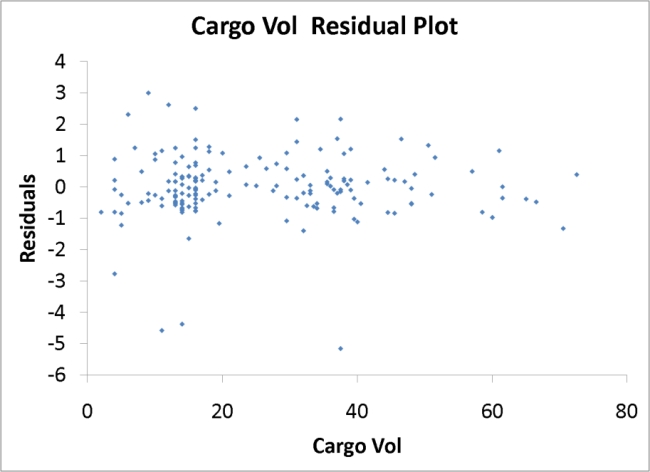
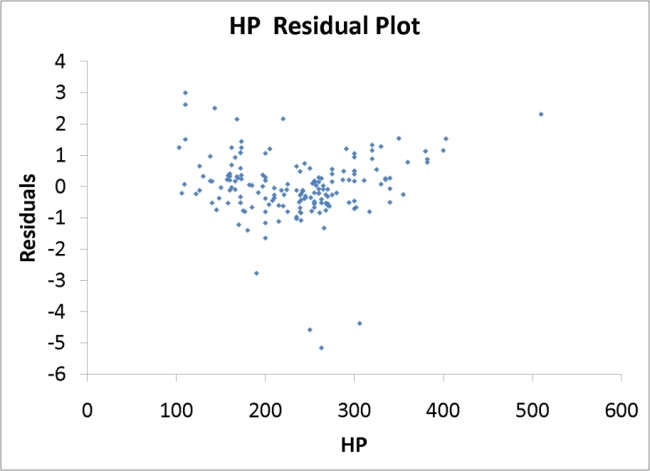

18-64 A Roadmap for Analyzing Data 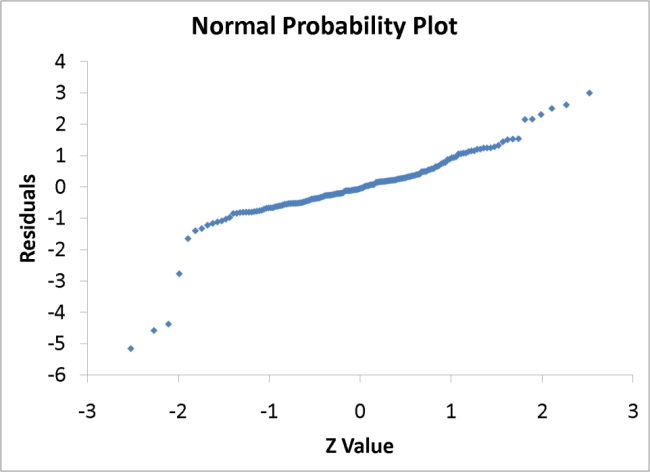

-Referring to Scenario 18-9, what is the correct interpretation for the estimated coefficient for
HP?
Definitions:
Melting Pot
The blending of new immigrants’ traditions and cultural identity into the dominant American culture.
Minority Relations
The dynamics and interactions between dominant groups and those classified as minorities within a society, often including themes of power, discrimination, and social justice.
American Concept
Ideas, beliefs, or values that are strongly associated with or originating from the United States.
Scapegoat Theory
A sociological concept suggesting that dominant groups project their failures or problems onto a less powerful group, blaming them unjustly.
Q9: True or False: A regression had the
Q22: For a potential investment of $5,000, a
Q23: A researcher was interested in comparing
Q34: True or False: Referring to Scenario 18-9,
Q45: The owner of a local nightclub has
Q46: True or False: The R chart is
Q50: A nutritionist wants to investigate whether her
Q53: Referring to Scenario 13-2, what percentage of
Q68: True or False: Most information design specialists
Q87: A statistician performs a Mann-Whitney test